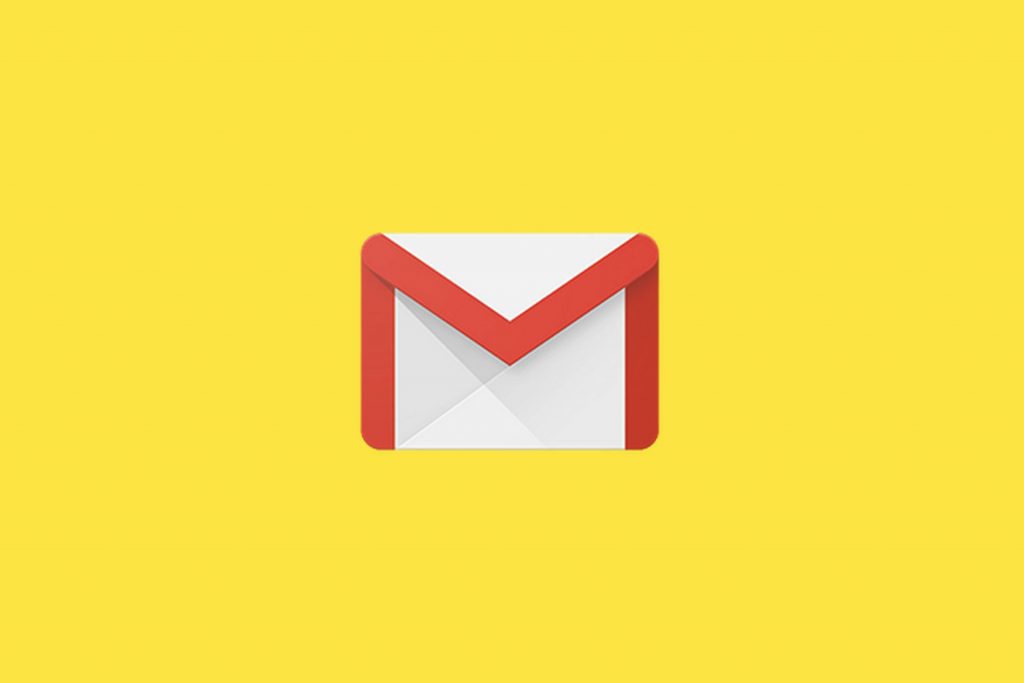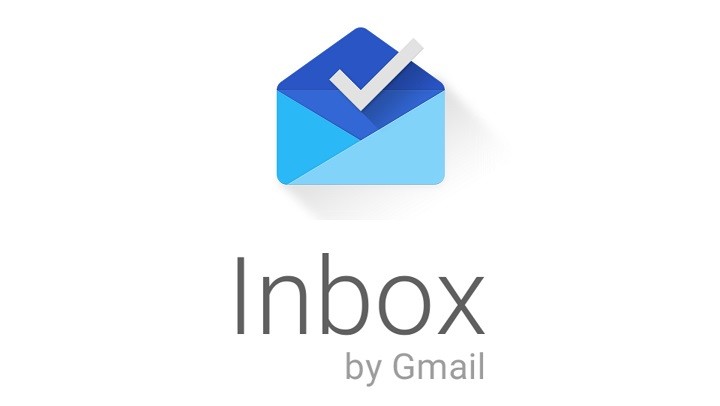Gmail Finally Releases its AMP-based ‘Dynamic Emails’ for its G-Suite User
After a year-long time, of the announcement, Google is finally has released the AMP support in Gmail for its G Suite audience. The company announced that it is going to release the beta of its fast-loading AMP tech to Gmail starting from today. The new feature is specially designed to provide users with more interactive messaging experience.
According to Google, these Dynamic Emails will give the user more web-based interactive encounter such that the user can fill out forms, browse image carousels, RSVP to an event, reply to Google Docs comments or even browse catalogues, without leaving their inbox and following any external link to a separate website.
The AMP (Accelerated Mobile Pages) technology will help Gmail to keep the content fresh and latest information will be displayed on the screen every single time, like new job recommendations, latest comment threads, product listings or social network recommendations within the email irrespective of the time the mail was received.
According to Google, its other products like Google Docs will also automatically gel with the new AMP feature and can be embedded in the messages directly. Hence, the user will not be receiving new emails every single time they are mentioned in a document, rather the thread will get refreshed every time and the user will be able to reply to the mentions from within the inbox.
For the dynamic emails, the company has partnered with other social networks including Doodle, Pinterest, Booking.com, etc. For now, Google has only rolled out the new AMP feature for its desktop G suite users, but according to the post-Google released on Tuesday regarding the same, the mobile version of the new dynamic emails will also roll out soon.

Yashica is a Software Engineer turned Content Writer, who loves to write on social causes and expertise in writing technical stuff. She loves to watch movies and explore new places. She believes that you need to live once before you die. So experimenting with her life and career choices, she is trying to live her life to the fullest.


